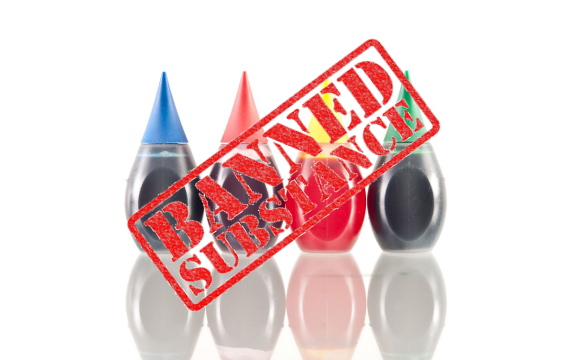Will UK Backlash Ban Artificial Colors in Children’s Medicines?

 We could stand to learn a few things from food regulators in the U.K. They already ban artificial colors in children’s food following research from the University of Southampton that linked them to hyperactivity. But that isn’t enough. Now, people are campaigning to the remove artificial colors in children’s medicines—something Big Pharma corporations say simply isn’t necessary.
We could stand to learn a few things from food regulators in the U.K. They already ban artificial colors in children’s food following research from the University of Southampton that linked them to hyperactivity. But that isn’t enough. Now, people are campaigning to the remove artificial colors in children’s medicines—something Big Pharma corporations say simply isn’t necessary.
According to the Daily Mail, there are 19 children’s medicines in the U.K. that contain the colors linked to hyperactivity. These medicines include over-the-counter products like Calpol Infant Suspension and Anbesol Teething Gel, and prescription solutions like Amoxicillin, among others. In all, there are 52 products that are being targeted.
The 2005 Southampton study linked seven additives to hyperactivity. These, known as the Southampton Seven, include six artificial colors and one preservative. While they were removed from children’s foods, they are still found in the medications made specifically for kids.
The ‘Southampton Seven:’
- Tartrazine (E102)
- Quinoline yellow (E104)
- Sunset yellow (E110)
- Carmoisine (E122)
- Ponceau 4R (E124)
- Allura red (E129)
- Sodium Benzoate (E211)- a preservative
“Artificial colours or a sodium benzoate preservative (or both) in the diet result in increased hyperactivity in 3-year-old and 8/9-year-old children in the general population.”
Vyvyan Howard, professor of bio-imaging at Ulster University and an expert on child brain development, said removing the colors from these medicines is a “matter of urgency.” Since the 2005 Southampton study, the EU banned the colorings on foods and drinks that targeted children under 3-years old. In Britain, the Food Standards Agency has also put pressure on food makers to remove the “Southampton Seven” from foods for older children as well.

The medicine-makers, however, aren’t going to give up their brightly colored elixirs without a fight. They point out that these medicines are meant to be taken in small amounts over a short period of time, meaning they can’t possibly have negative health results on children.
Johnson & Johnson, the maker of Calpol, said that their ingredients are approved by the MHRA (the U.K.’s equivalent of the FDA) and that there was “no evidence to suggest additives…are associated with hyperactivity when present in children’s medicines.” Maybe studies don’t focus on the use of these colors in medicines specifically, but research has certainly indicated the negative effects of artificial food coloring.
They say the colors are needed because they help physicians and pharmacists identify medications on sight—because apparently reading a label is too much work.
